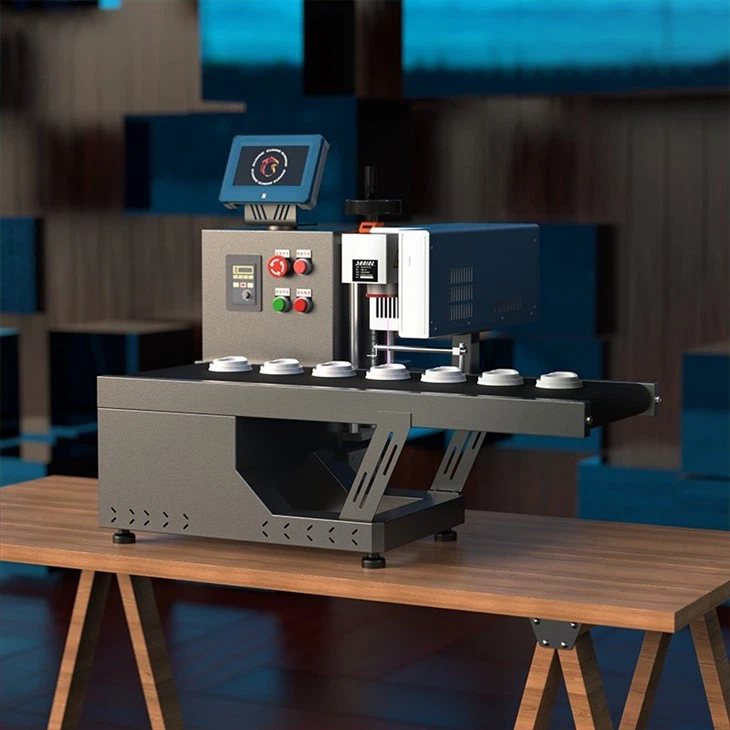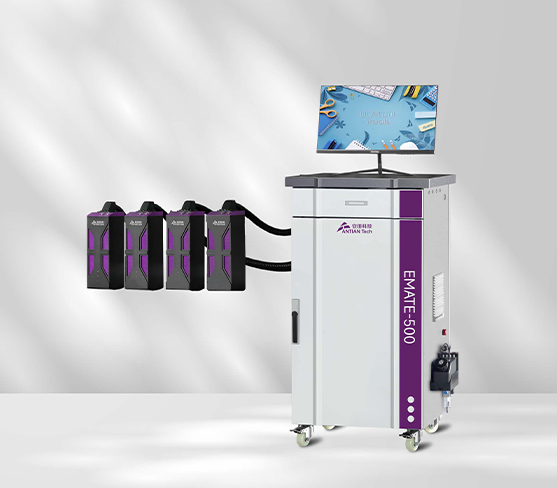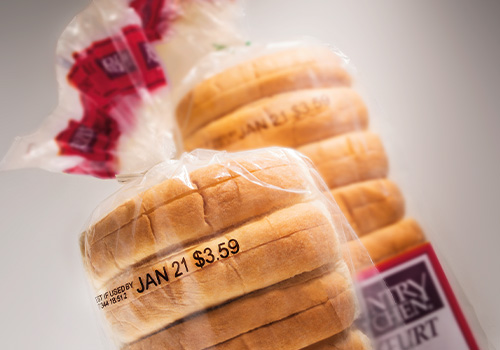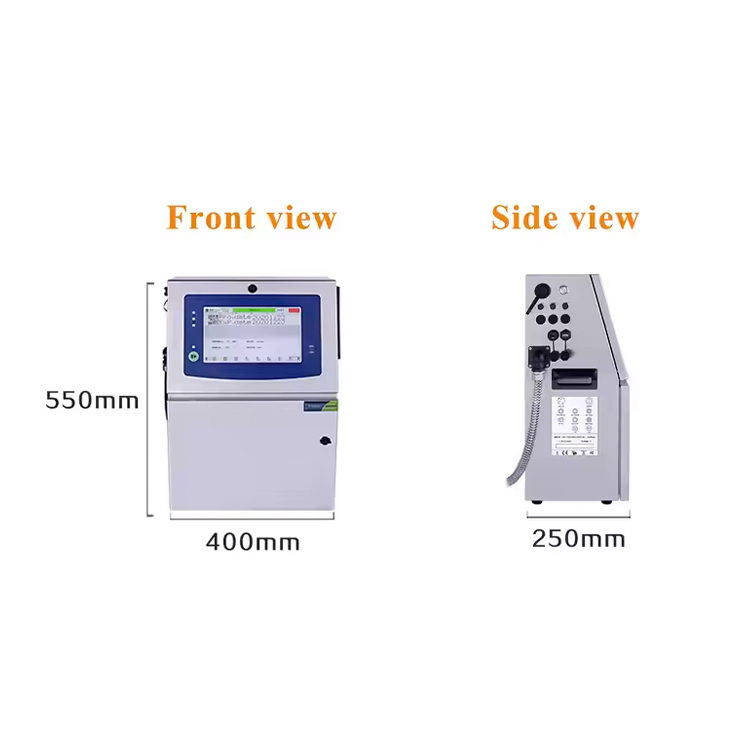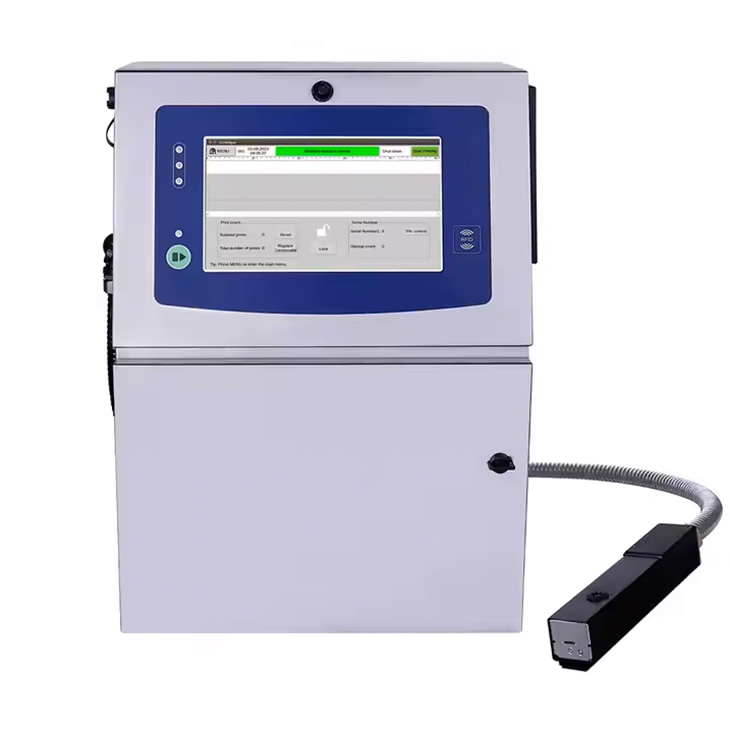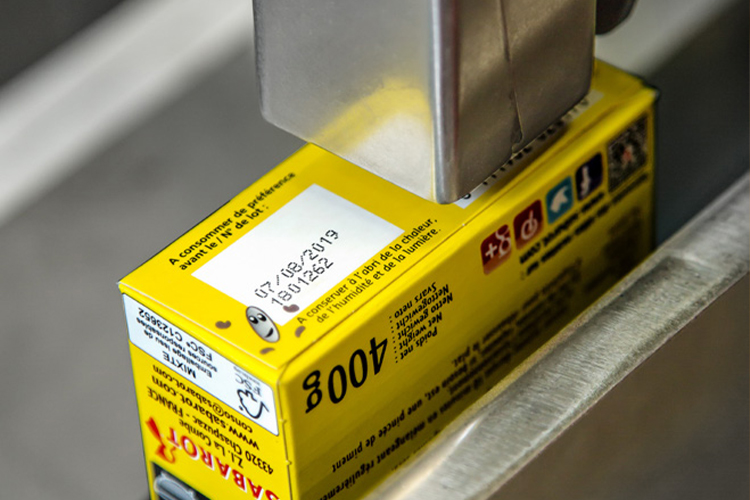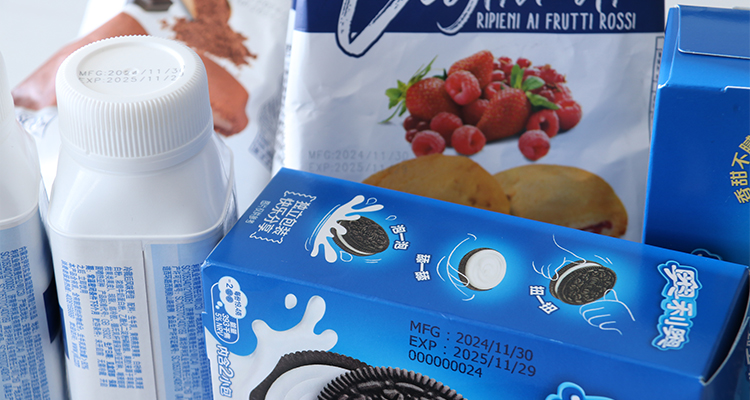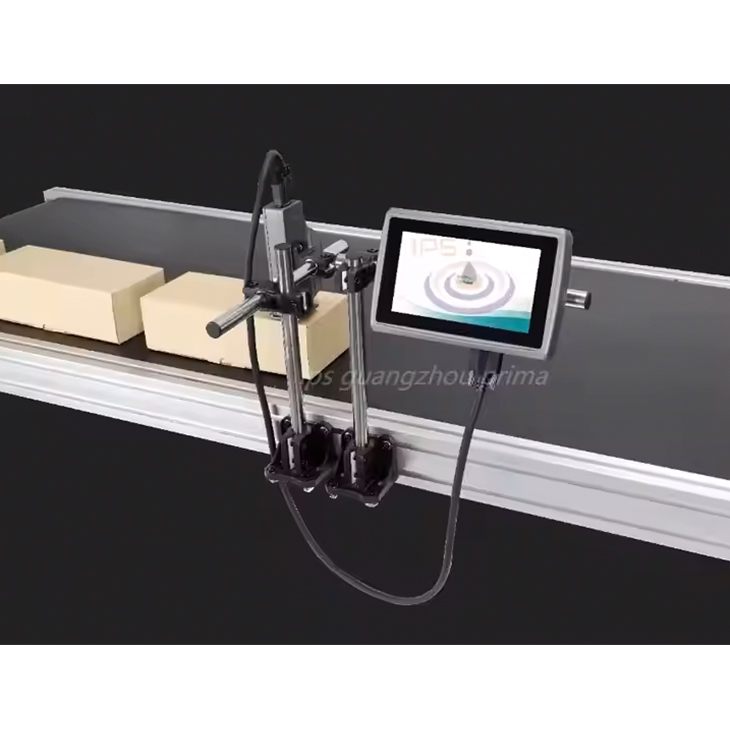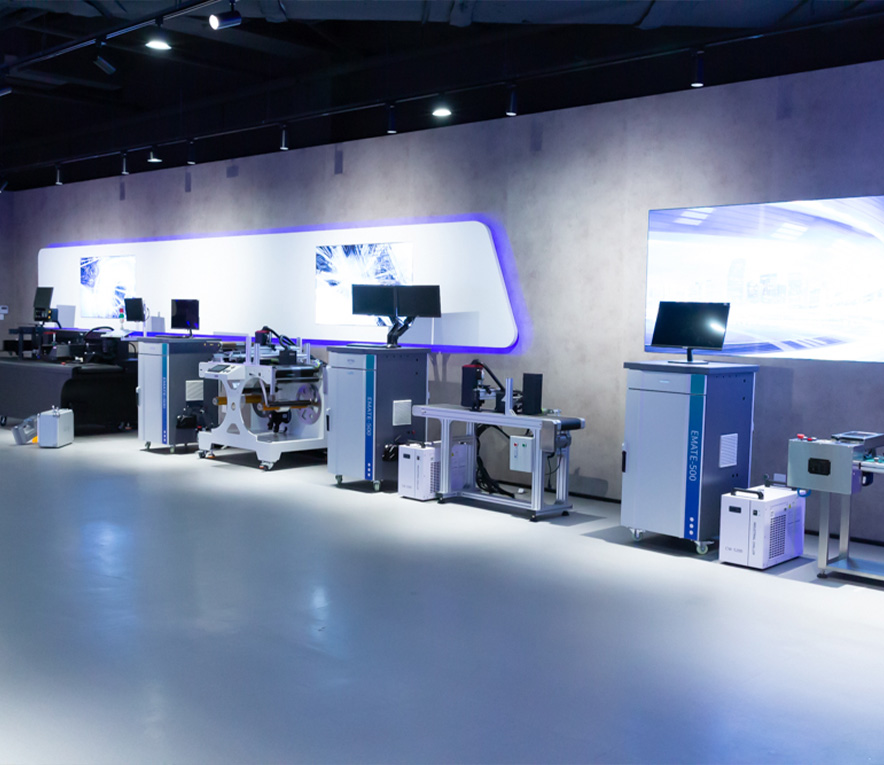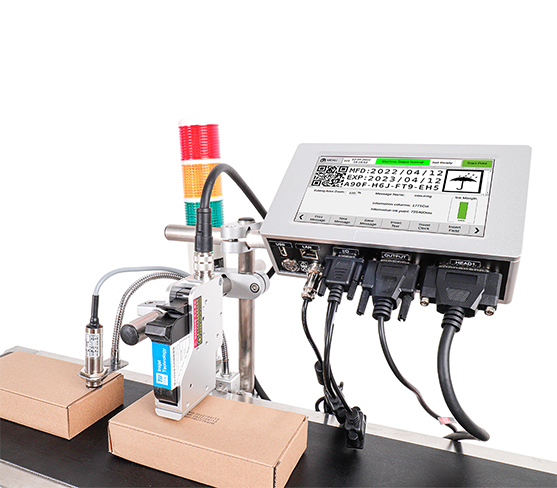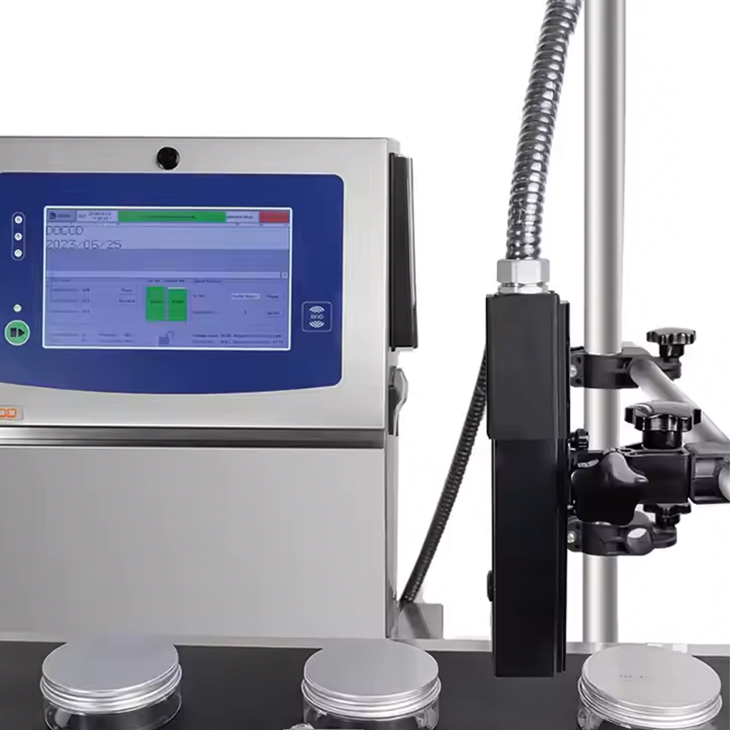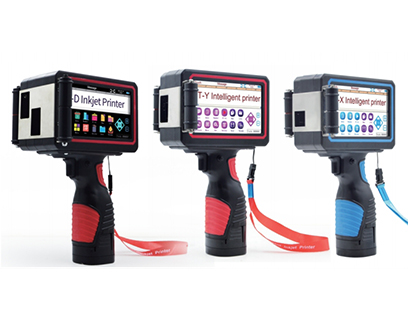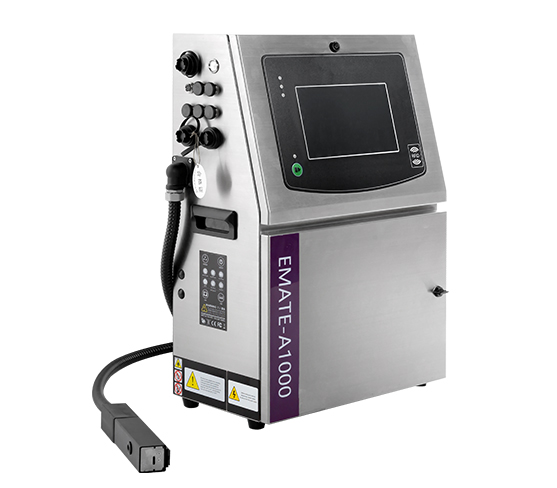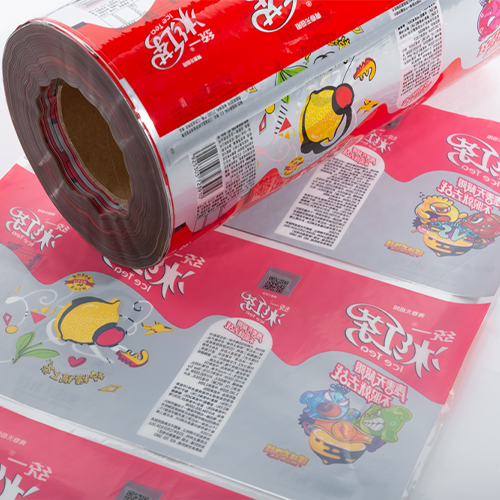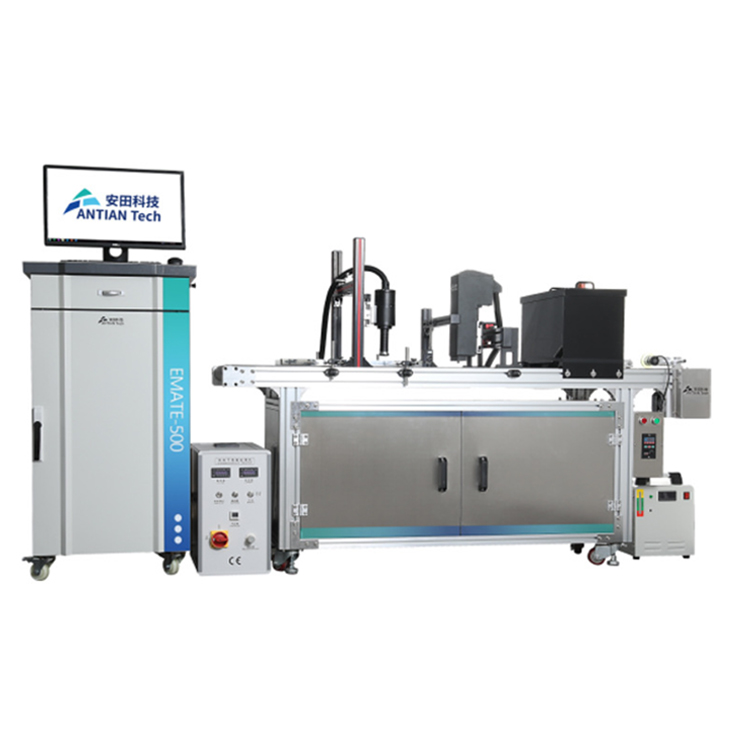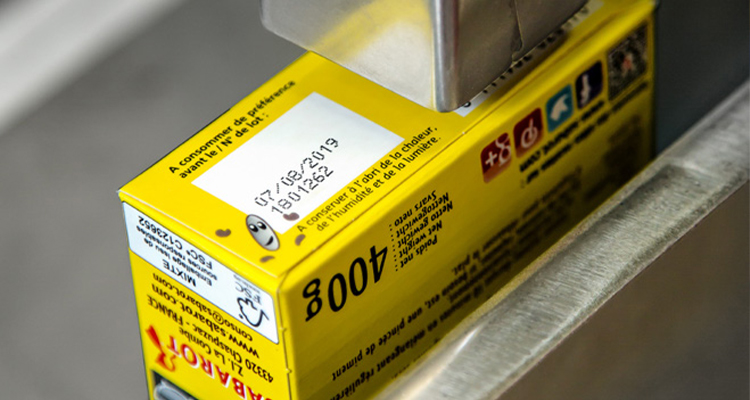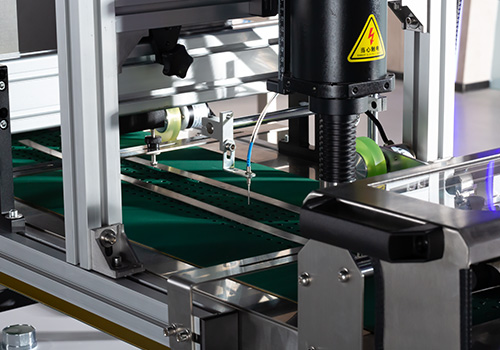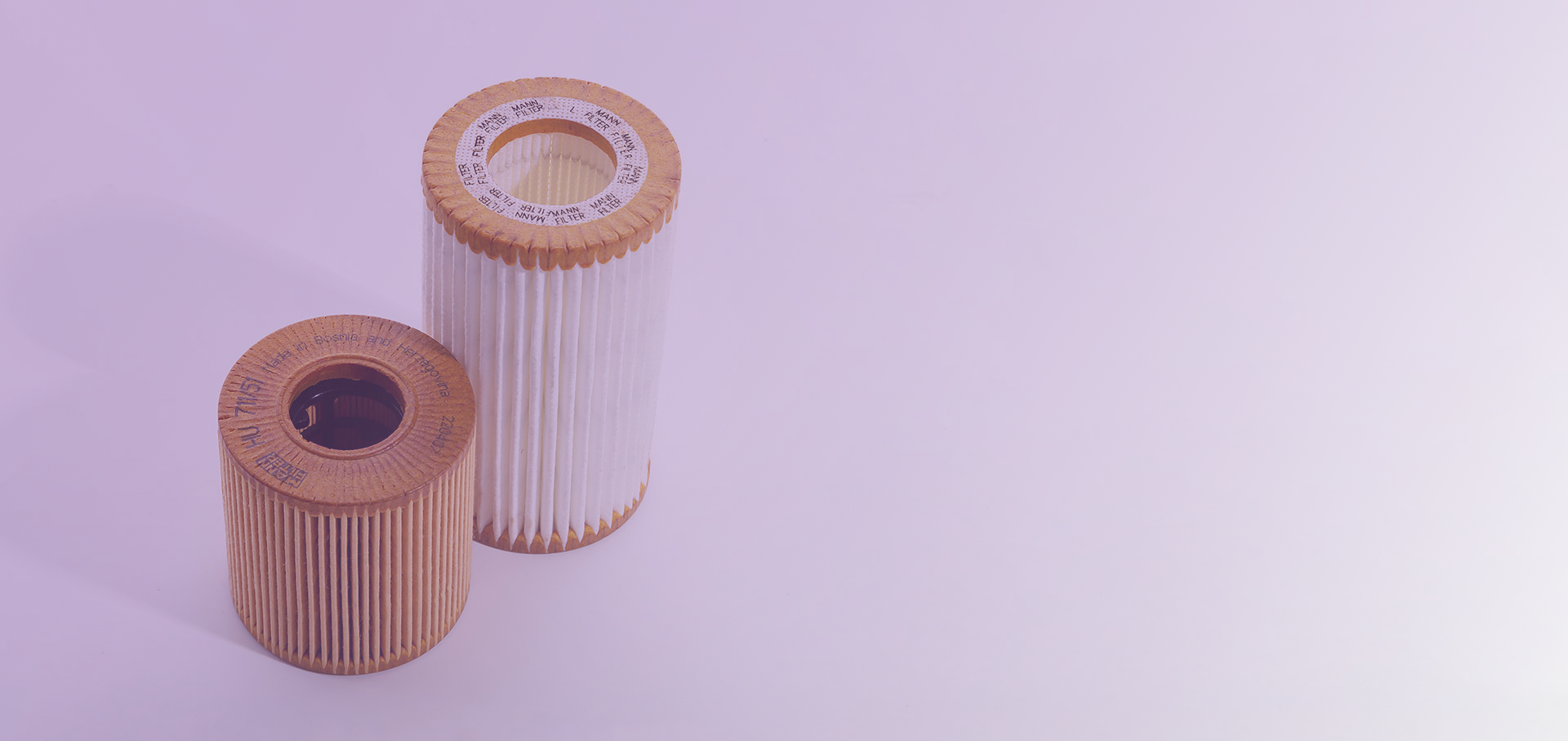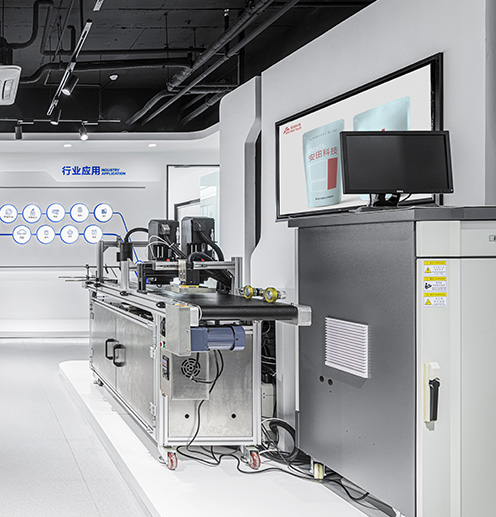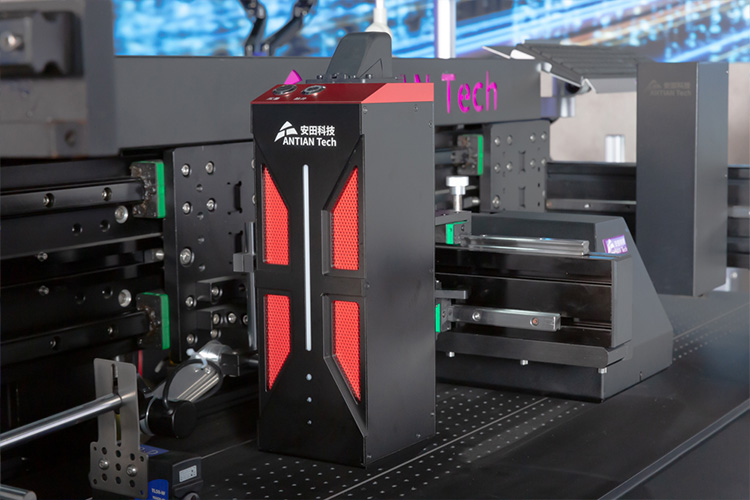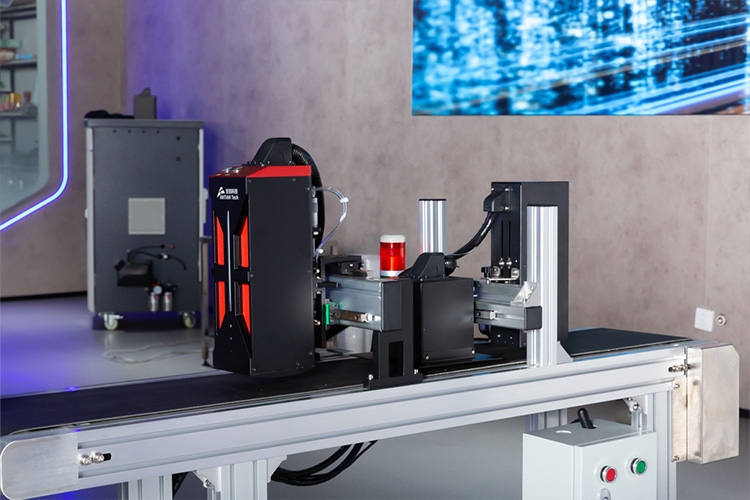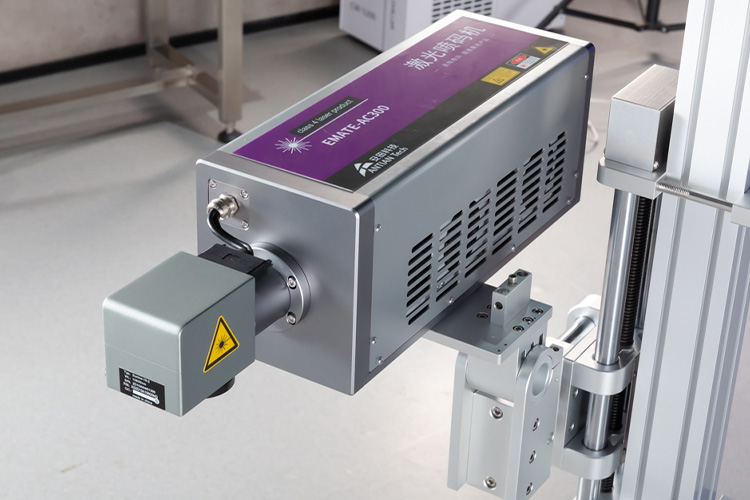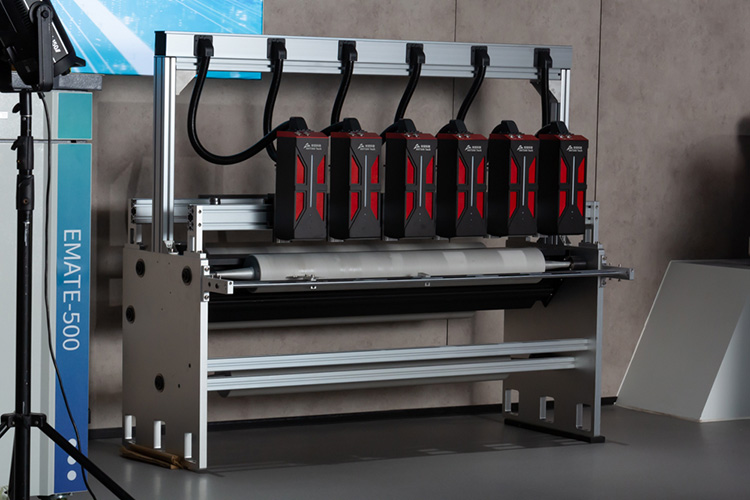Introduction
In the world of printing, inkjet technology has revolutionized the way businesses mark and label their products. Among the myriad options available, small character inkjet printers and large character inkjet printers have emerged as the two primary categories, each tailored to meet specific industrial needs. Understanding the distinctions between these printers is crucial for selecting the right one for your business. This article will explore the characteristics, advantages, and applications of both small character and large character inkjet printers, guiding you toward an informed decision that aligns with your operational needs.
Understanding Small Character Inkjet Printers
Small character inkjet printers are engineered for high precision, delivering sharp and clear prints, especially in small formats. These printers excel in producing fine details, making them an ideal choice for applications that require high-quality text, barcodes, and intricate graphics.
Key Features
-
Print Resolution: Small character inkjet printers typically offer print resolutions ranging from 300 to 600 DPI, allowing for crisp and readable output.
-
Speed: Many models can produce thousands of prints per hour, ensuring efficient operations, particularly in high-volume settings like food and beverage production lines.
-
Versatility: They can print on a variety of substrates, including cardboard, plastics, metals, and glass, making them suitable for diverse industries such as pharmaceuticals, consumer goods, and electronics.
Applications
Industries that commonly use small character inkjet printers include:
-
Food and Beverage: Printing expiration dates, batch numbers, and barcodes on packaging.
-
Pharmaceuticals: Marking product information, including dosage instructions and identification codes directly onto packaging.
-
Consumer Goods: Producing labels for various products, ensuring compliance with labeling regulations.
These printers are essential for businesses that prioritize detail and accuracy in their printing processes.
Exploring Large Character Inkjet Printers
In contrast, large character inkjet printers are designed for larger-scale applications, focusing on creating bold text and graphics that can be easily viewed from a distance. This makes them particularly effective for marking and coding on larger surfaces and materials.
Key Features
-
Print Size: Large character printers can produce print sizes usually ranging from 1 inch to 6 inches or more, depending on the model, making them versatile for various applications.
-
Outdoor Durability: Many of these printers are built to withstand harsh environments, making them suitable for outdoor signage and applications in construction or automotive industries.
-
Efficiency: They often have high-speed printing capabilities, making them ideal for high-volume production lines where large, readable prints are essential.
Applications
Industries that benefit from large character inkjet printers include:
-
Construction: Marking materials with safety information and job site details.
-
Automotive: Labeling parts with critical information such as part numbers and safety compliance codes.
-
Manufacturing: Large-scale product coding for inventory management and tracking.
These printers are crucial for applications that require visibility and readability from a distance, allowing brands to maintain operational efficiency and compliance.
Key Factors to Consider
When faced with the choice between small character and large character inkjet printers, several critical factors should influence your decision:
-
1.Print Speed: Evaluate the speed of each printer to match your production needs. While both types can deliver high-speed printing, the demands of your specific application will dictate your choice.
-
2.Print Resolution: Determine the necessary print resolution for your applications. If fine details and smaller text are critical, small character printers are likely the best fit.
-
3.Material Compatibility: Consider the types of surfaces you need to print on. Small character printers often offer more versatility in substrate compatibility, while large character printers may be limited to certain materials.
-
4.Intended Application: Assess the context in which the printed material will be used. For instance, if outdoor visibility is crucial, large character printers may be more suitable.
Cost and Maintenance
Evaluating the cost and maintenance requirements of both printer types is essential for making a long-term investment decision.
-
Initial Cost: Small character inkjet printers often have a lower upfront cost, which can be appealing for small to medium-sized businesses. In contrast, large character printers may require a larger initial investment.
-
Ongoing Maintenance: Maintenance costs can vary significantly between the two types. Small character printers may require more frequent ink cartridge replacements, while large character printers often have robust systems that can result in lower long-term costs when used for extensive applications.
-
Return on Investment (ROI): Consider the overall ROI by examining how each printer type will impact your operational efficiency, labor costs, and product quality. While the initial investment might be higher for large character printers, they can save costs in the long run through enhanced visibility and reduced labor for information verification.
Conclusion
Ultimately, the decision between small character and large character inkjet printers depends on your specific printing needs, industry requirements, and business goals. Small character inkjet printers are ideal for applications that require precision and high-quality outputs on small surfaces, while large character inkjet printers shine in environments that demand visibility and readability from a distance.
By understanding the strengths, applications, and cost implications of each printer type, you can make an informed choice that aligns with your operational objectives. Whether you require detailed labeling for consumer goods or bold signage for an outdoor construction site, selecting the right inkjet printer is crucial to achieving your business aspirations. Investing time in this decision will pay off in enhanced efficiency, compliance, and overall operational success.

